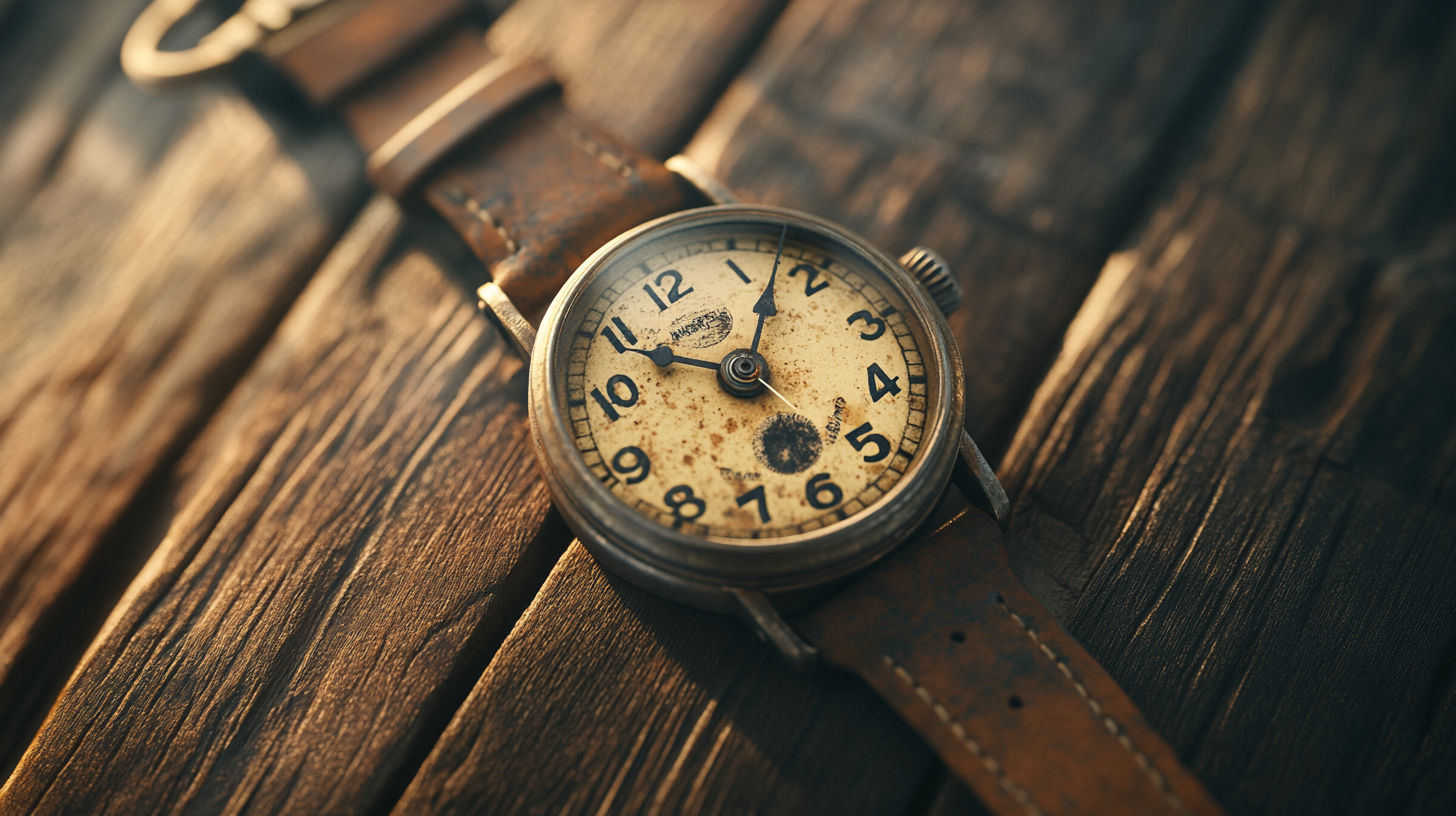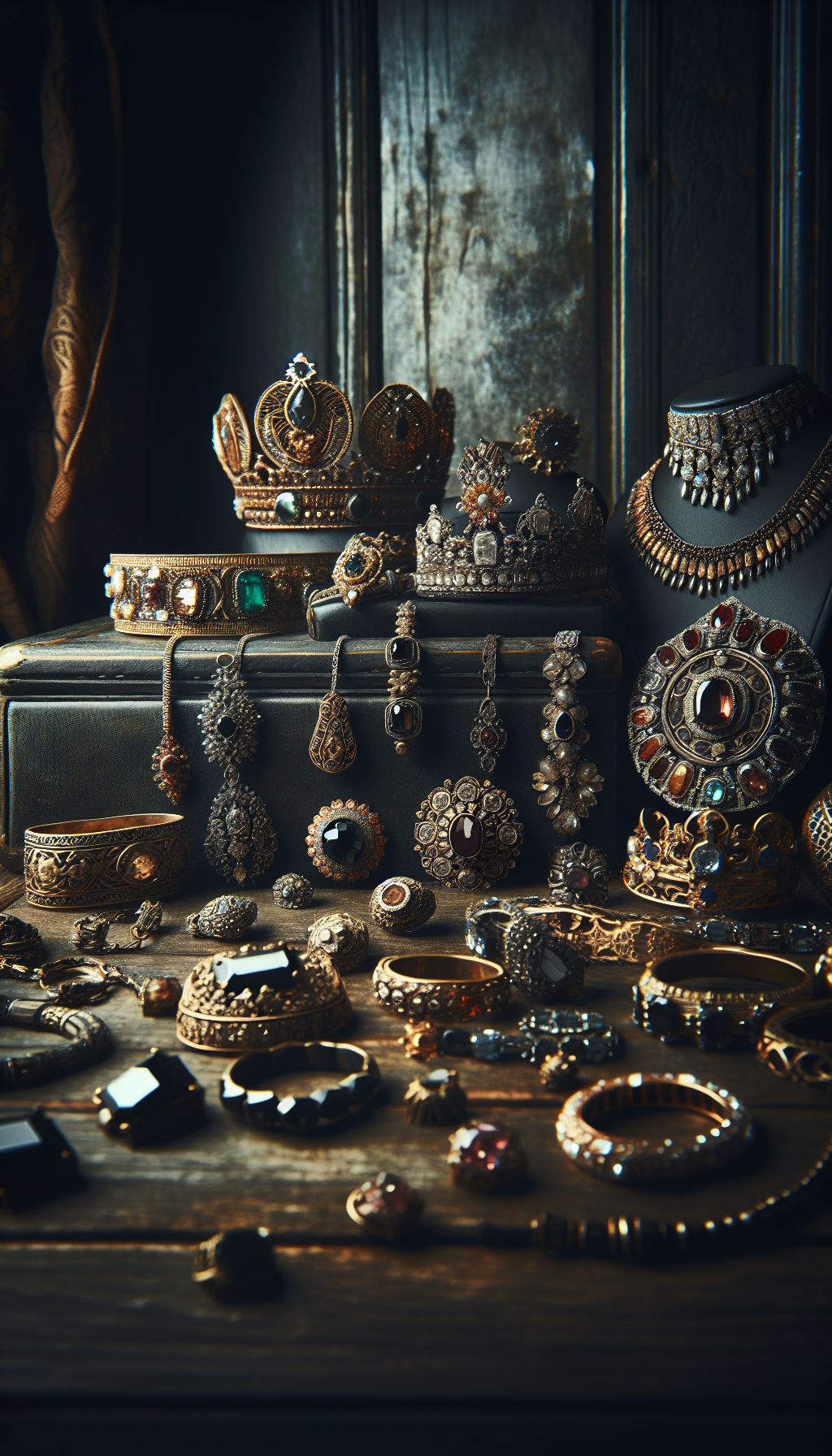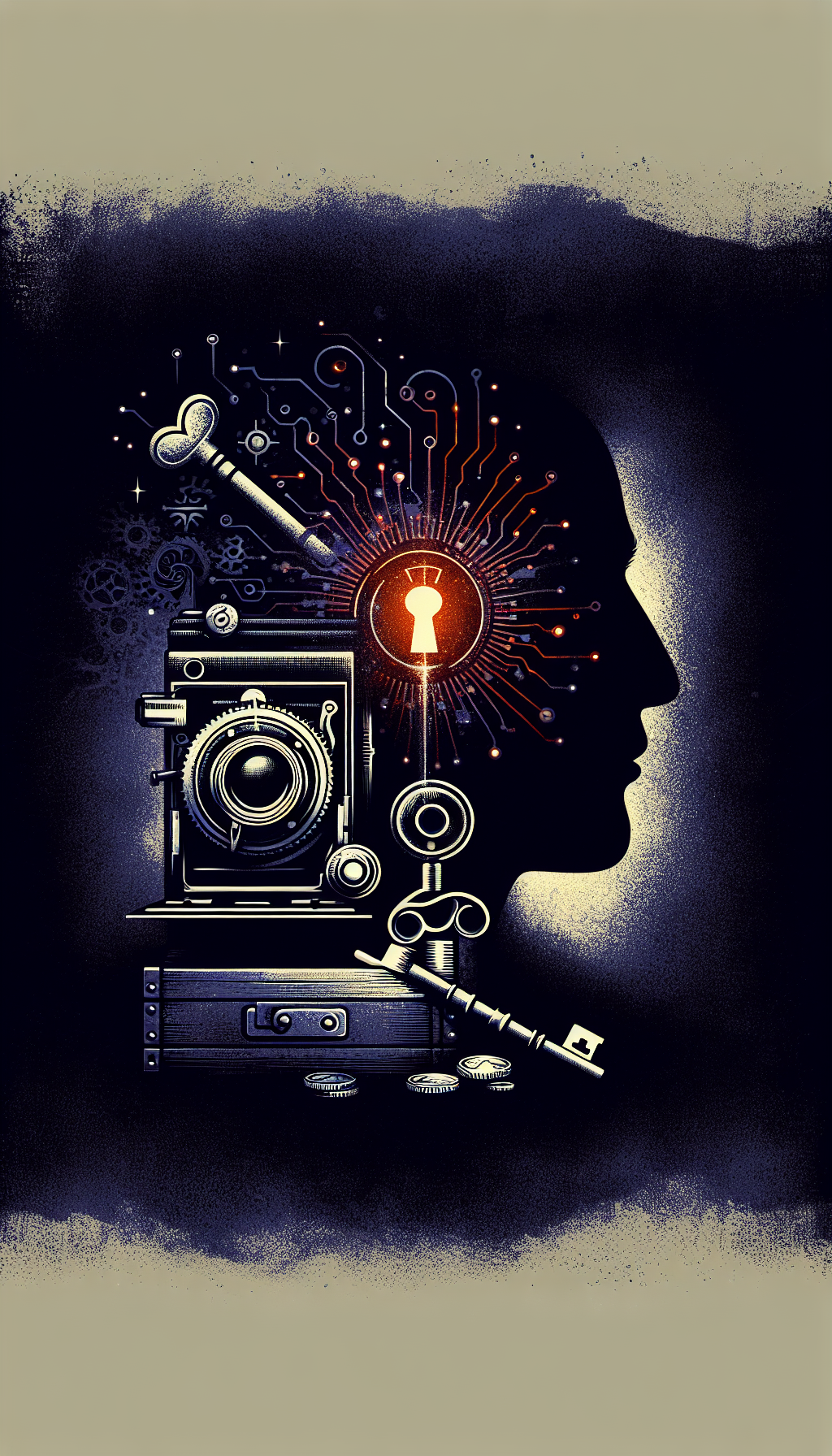Introduction to Mickey Mouse Watches
Mickey Mouse watches hold a special place in both horological history and American pop culture. Created through a collaboration between Walt Disney and the Ingersoll-Waterbury Clock Company (later known as Timex), these watches were introduced during the Great Depression as affordable timepieces that brought joy during difficult times. Today, they represent significant milestones in animation history, watchmaking innovation, and Disney merchandising.
In this comprehensive guide, we’ll explore the factors that determine the value of vintage Mickey Mouse watches, identify the most collectible models, and provide guidance on authentication, valuation, and preservation of these beloved timepieces.
Mickey Mouse Watch Market At A Glance
The History of Mickey Mouse Watches
Evolution of Mickey Mouse Watches
- 1933
First Mickey Mouse Watch
Ingersoll-Waterbury debuted the first Mickey Mouse wristwatch at the Chicago World's Fair for $3.25. With Mickey's arms serving as the hour and minute hands, these watches became an instant sensation, helping save the company from bankruptcy during the Great Depression. - 1940s
War Years and Changes
During World War II, production shifted to war materials. After the war, U.S. Time Company (which would become Timex) acquired Ingersoll-Waterbury and continued producing Mickey watches with several design changes. - 1950s-1960s
Golden Age Expansion
Mickey Mouse watches diversified with new designs, characters, and functionality. The Bradley Time division of Elgin National Watch Company also began producing licensed Disney watches. - 1970s-1980s
Modern Era
Japanese brands like Seiko and Lorus entered the market with quartz movement Mickey watches. Designs became more varied, colorful, and targeted at both children and adults. - 1990s-Present
Collector's Market
Limited editions, commemorative releases, and luxury collaborations emerged. High-end watchmakers including Gérald Genta, Rolex, and Bulgari created exclusive Mickey Mouse designs, some valued at over $20,000.
According to watch historians, the introduction of Mickey Mouse watches represented a significant milestone in popular culture. As noted on Collectors Weekly, these watches helped democratize timepieces, making them accessible and appealing to average Americans during economically challenging times.
The original Ingersoll Mickey Mouse watches from 1933-1937 are particularly coveted by collectors. These early models featured a round dial with Mickey’s image and his arms serving as the hour and minute hands—a design element that has persisted throughout most iterations of Mickey watches.
Identifying Vintage Mickey Mouse Watches
Key Manufacturers Through the Decades
Different companies have manufactured licensed Mickey Mouse watches throughout the years. Identifying the manufacturer is an important step in dating and valuing your watch:
Ingersoll/Ingersoll-Waterbury (1933-1942) - The original manufacturer of Mickey Mouse watches. Early pieces are marked “Ingersoll” on the dial, movement, or case back.
U.S. Time Company/Timex (1943-1970s) - After acquiring Ingersoll-Waterbury, they continued the Mickey Mouse watch tradition.
Bradley Time/Elgin (1950s-1970s) - Produced a range of Disney character watches alongside Mickey.
Seiko, Lorus, Pulsar (1970s-present) - Japanese manufacturers that introduced quartz movement Mickey watches.
Luxury Brands (1990s-present) - High-end brands including Gérald Genta, Chopard, and Bulgari created limited edition luxury Mickey watches.
According to information from wikiHow, one of the most reliable ways to identify a vintage Mickey Mouse watch is by examining the case back and movement for markings indicating the manufacturer and country of origin.
Authentication Checklist
Use these criteria to help authenticate vintage Mickey Mouse watches
- Trademark markings (Ingersoll, Disney, etc.) are present on dial, movement, or case back
- Hand design matches the appropriate era (character hands vs. standard hands)
- Case material is consistent with the purported age (base metal, stainless steel, gold-filled)
- Movement type matches the claimed production period
- Dial typography and design elements match reference examples from the period
- Serial numbers (when present) fall within known production ranges
- For early pieces, 'Made in USA' marking is present (pre-1960s models)
How to Spot Reproductions and Fakes
According to watch authentication experts at Watches Guild, there are several red flags that may indicate a reproduction or counterfeit:
Missing Trademarks - Authentic vintage Mickey Mouse watches will have proper licensing information and trademarks. From 1933 to 1946, Ingersoll was the only licensed manufacturer.
Incorrect Materials - Materials should be consistent with the era. Early watches used nickel-plated brass or chrome-plated cases, not stainless steel or plastic.
Modern Manufacturing Signs - Machine stamping, laser etching, or modern battery compartments on supposedly vintage pieces.
Inaccurate Mickey Design - Mickey’s appearance has evolved over the decades. His representation should match the appropriate era of the watch.
Wrong Movement Type - Pre-1970s Mickey watches used mechanical movements, not quartz.
For original 1930s Ingersoll models, look for the trademark “Walt Disney’s Mickey Mouse” on the dial and “Ingersoll” on the movement or case back. These early watches featured a black leather strap, chrome-plated case, and a distinctive red second hand.
Valuation Factors for Mickey Mouse Watches
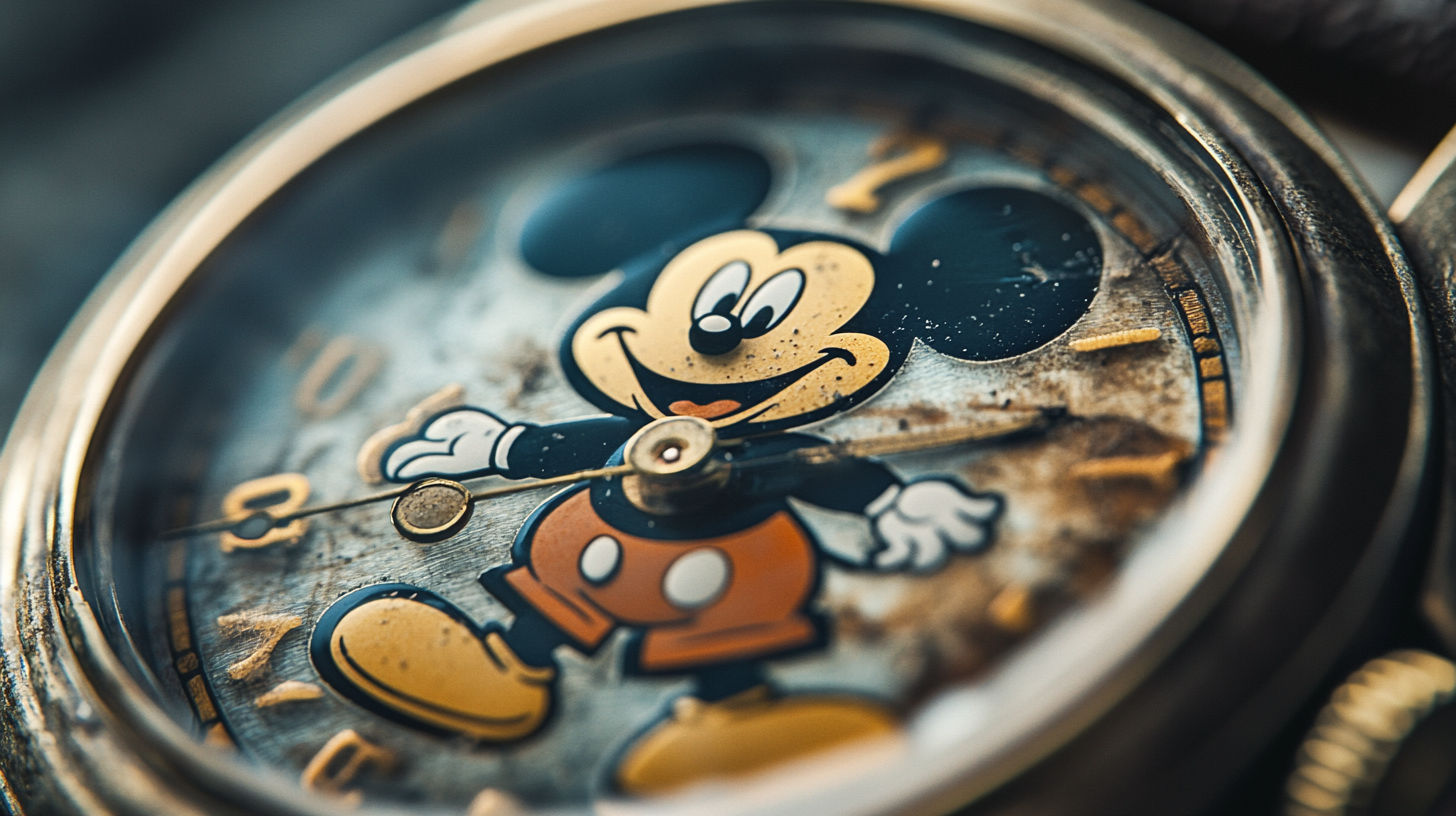
Key Value Determinants
Age and Rarity
- Pre-1940 Ingersoll watches are the most valuable, with prices ranging from $150 to $1,500+ depending on condition.
- Limited editions or special commemorative releases command premium prices.
- Unusual dial colors, rare character variations, or production errors can increase value.
Condition
- Mint condition watches with no scratches, damage, or repairs are worth significantly more.
- Original boxes, papers, and accessories can double the value of a vintage piece.
- Working condition is crucial - a functioning watch is typically worth more than a non-working example.
Brand and Model
- Luxury brand collaborations (Gérald Genta, Rolex customizations) can be worth $5,000-$30,000.
- Early Ingersoll models from the 1930s are highly collectible.
- Certain anniversary editions, such as the 1968 35th anniversary model, are particularly sought after.
Originality
- All-original parts versus replaced components significantly impact value.
- Original straps, crystals, and crowns are important for maximum valuation.
- Period-correct repairs are more acceptable than modern replacements.
According to a response on JustAnswer, even more common vintage Mickey Mouse watches in good condition typically sell in the $18-$25 range at online auctions, while rarer models command much higher prices.
Mickey Mouse Watch Value Guide
Average market prices based on era, brand, and condition (as of 2023)
</tbody>
</table>
According to Vintage Radar, the price range for collectible Mickey Mouse watches spans from approximately $300 to $30,000, demonstrating the vast valuation spectrum based on rarity, condition, and provenance.
The most expensive Mickey Mouse watches tend to be high-end luxury collaborations, particularly those by Swiss watchmaker Gérald Genta, whose Mickey Mouse designs have been continued by Bulgari after they acquired the brand in 2000.
Most Valuable Mickey Mouse Watch Models
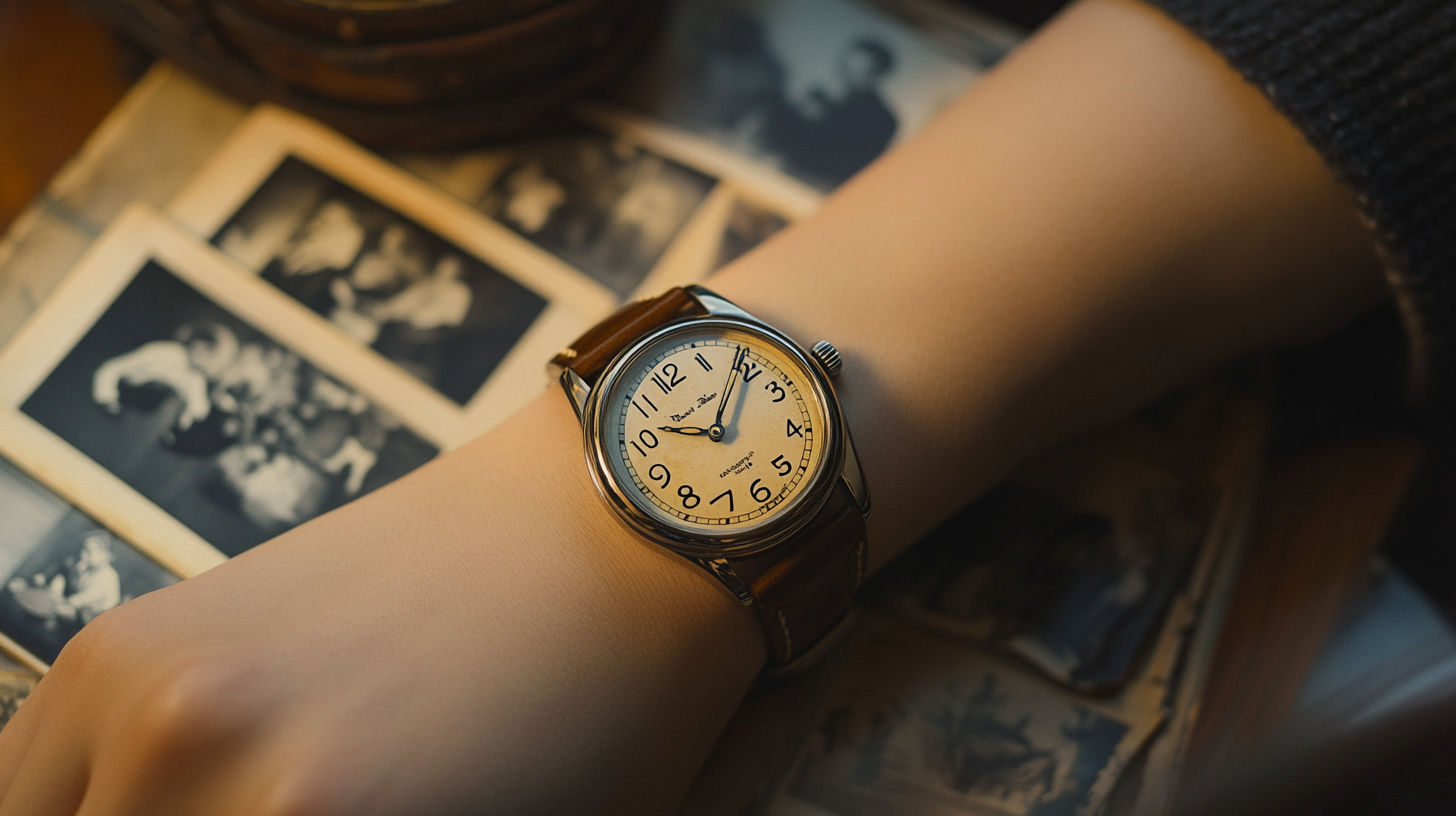
Elite Mickey Mouse Timepieces
Original 1933 Ingersoll Mickey Mouse Watch
- The first model introduced at the Chicago World’s Fair
- In mint condition with original box and papers, these have sold for over $6,000
- Features include a chrome-plated case, black dial, and Mickey’s arms as hands
Gérald Genta Retro Fantasy Mickey Mouse
- High-end Swiss watchmaker’s interpretation featuring a jumping hour display
- Typically crafted in precious metals with mechanical movements
- Value range: $10,000-$30,000 depending on metals and complications
1968 35th Anniversary Commemorative Watch
- Limited production run with special commemorative case back
- Typically valued between $300-$700 in excellent condition
- Featured a gold-tone case and special anniversary packaging
1955 Mickey Mouse Club Watches
- Released to coincide with the popular TV show
- Featured the Mickey Mouse Club logo and special packaging
- Value range: $200-$500 in good condition
1970s Omega De Ville Mickey Mouse Watches
- Rare collaboration between Disney and Swiss luxury brand Omega
- Produced in limited quantities for the Japanese market
- Value range: $2,000-$5,000 depending on condition
According to research from Pinterest collections, vintage Disney watches have been appreciating steadily, with many pieces now exceeding the $1,000 threshold as collectors recognize their historical and cultural significance.
On Reddit, collectors have noted that Mickey Mouse watches from luxury brands like Rolex (typically custom dials) and Gérald Genta represent some of the most valuable examples, though their provenance must be carefully verified.
Buying and Selling Vintage Mickey Mouse Watches
Where to Buy Authentic Vintage Mickey Mouse Watches
Specialized Watch Dealers
- Reputable vintage watch shops often have expertise in Disney timepieces
- Typically offer authenticity guarantees and condition reports
- May command higher prices but provide greater security
Auction Houses
- Major auction houses like Christie’s and Sotheby’s occasionally feature high-end Mickey Mouse watches
- Smaller auction houses may offer more accessible pieces
- Provenance and authentication are usually well-documented
Online Marketplaces
- eBay has a significant selection of Disney Mickey Mouse watches
- Etsy features many vintage Mickey watches at various price points
- Specialized watch forums and collector sites may have curated offerings
Collector Shows and Conventions
- Disney memorabilia shows often feature vintage watches
- Watch collector conventions frequently include Disney sections
- Allows for in-person inspection and negotiation
Tips for Sellers
If you’re looking to sell a vintage Mickey Mouse watch:
Research Comparable Sales
- Look at completed auction listings for similar models
- Check specialist websites for current market values
- Consider consulting a professional appraiser for rare pieces
Prepare Documentation
- Gather any original boxes, papers, and receipts
- Document the history of ownership if known
- Take clear, detailed photographs from multiple angles
Choose the Right Selling Platform
- High-value, rare pieces may benefit from auction houses or specialist dealers
- More common models may sell better on eBay or Etsy
- Local sales can save on shipping fragile timepieces
Be Transparent About Condition
- Disclose any repairs, replacements, or damage
- Note whether the watch is in working condition
- Provide detailed close-up photos of any wear or issues
According to Quora discussions, while the original Mickey Mouse wristwatch sold for about $3 in 1933, particularly rare examples have sold for as much as $6,500 in recent auctions, showing the significant appreciation potential of these collectibles when properly authenticated and preserved.
Mickey Mouse Watch Resources
eBay Disney Mickey Mouse Watches
Browse and purchase pre-1968 Disney Mickey Mouse watches and timepieces, with prices ranging from affordable to collector-grade pieces.
Collectors Weekly - Mickey Mouse Watches
Comprehensive guide to Mickey Mouse watches with historical context, collecting tips, and community insights.
wikiHow - How to Date a Mickey Mouse Watch
Step-by-step guide to identifying and dating vintage Mickey Mouse watches with helpful illustrations.
Vintage Mickey Mouse Women's Watches
Curated collection of vintage and pre-owned Mickey Mouse watches specifically for women.
JustAnswer Appraisals
Expert appraisal service for vintage Mickey Mouse watches with professional valuation assistance.
Watches Guild Authentication Guide
Detailed guide on how to identify authentic vs. counterfeit Mickey Mouse watches with warning signs to watch for.
Care and Preservation
Maintenance Tips
Regular Servicing
- Mechanical watches should be serviced every 3-5 years by a qualified watchmaker
- Find a professional with experience working on vintage timepieces
- Keep records of all service work performed
Proper Winding and Setting
- For mechanical watches, wind gently and consistently
- Avoid overwinding, which can damage the movement
- Set the time by moving hands clockwise, not counterclockwise
Cleaning and Handling
- Handle vintage watches with clean hands to avoid transferring oils
- Clean the case with a soft, lint-free cloth
- Never submerge an old watch in water, even if it was originally water-resistant
Crystal and Dial Care
- Avoid polishing original acrylic crystals, as this can reduce value
- Never clean dials with liquids or solvents
- If replacement is necessary, seek original or period-correct parts
Storage Recommendations
Climate Control
- Store vintage watches in a cool, dry environment
- Avoid exposure to direct sunlight, which can fade dials
- Maintain relatively stable humidity to prevent corrosion
Display and Storage Options
- Use watch boxes with individual compartments
- Consider display cases with UV protection if displaying watches
- For valuable collections, consider a safe or safety deposit box
Rotation and Exercise
- Periodically wind and run mechanical watches, even if not wearing them
- This helps keep lubricants distributed in the movement
- For quartz models, consider removing batteries during long-term storage
Documentation Preservation
- Store original boxes, papers, and accessories in acid-free environments
- Keep digital and physical records of purchase information, service history, and appraisals
- Photograph watches in detail for insurance and reference purposes
For collectors, it’s worth noting that maintaining the original integrity of a vintage Mickey Mouse watch is paramount. According to expert conservators, well-preserved examples with original parts will always command the highest prices in the collector market.
Common Questions About Mickey Mouse Watch Values
How do I know if my Mickey Mouse watch is valuable?
To determine if your Mickey Mouse watch is valuable, examine these key factors:
Age: Watches from the 1930s and 1940s are typically the most valuable, especially the original Ingersoll models from 1933-1937.
Brand: Identify the manufacturer (Ingersoll, Timex, Bradley, Seiko, or luxury brands) by checking markings on the dial, case back, or movement.
Condition: Working watches in excellent condition with minimal wear and all original parts command the highest prices.
Rarity: Limited editions, anniversary models, or watches with unusual features tend to be more valuable.
Provenance: Original packaging, warranty cards, and documentation significantly increase value.
For a definitive assessment, consider consulting a watch specialist or appraiser who specializes in Disney collectibles or vintage timepieces.
What is the most expensive Mickey Mouse watch ever sold?
The most expensive Mickey Mouse watches are typically from the Gérald Genta series, now produced by Bulgari after they acquired the brand in 2000. These high-end luxury watches feature Mickey Mouse on the dial with sophisticated jumping hour complications and precious metal cases.The highest reported prices for Mickey Mouse watches include:
A Gérald Genta Arena Retro Mickey Mouse in 18k gold with diamonds that sold for approximately $30,000.
Original 1933 Ingersoll Mickey Mouse watches in pristine condition with original packaging have sold for up to $6,500 at specialized auctions.
Custom Rolex watches with Mickey Mouse dials (not officially licensed) have sold in the $20,000+ range, though these are controversial among collectors.
The market for high-end Mickey Mouse watches continues to grow, with prices potentially increasing as these items become rarer and more sought after by both Disney and watch collectors.
How can I authenticate a vintage Mickey Mouse watch?
To authenticate a vintage Mickey Mouse watch, follow these steps:
Examine the Trademarks: Authentic watches will have proper licensing information. From 1933 to 1946, Ingersoll was the only licensed manufacturer. Look for "Walt Disney’s" or "Walt Disney Productions" markings.
Check the Manufacturing Origin: Early Mickey watches (pre-1960s) were primarily made in the USA and marked accordingly. Later models were produced in various countries including Japan and Switzerland.
Inspect the Movement: The movement type should match the era. Pre-1970s watches used mechanical movements, while later models might have quartz movements.
Verify the Materials: Materials should align with the purported era. Early watches used nickel-plated brass or chrome-plated cases, not stainless steel or plastic.
Compare with Reference Images: Mickey’s appearance has evolved over the decades. The design should match the era of the claimed production date.
Look for Serial Numbers: When present, these can help identify authentic pieces and production periods.
If you’re uncertain, consult a professional watch appraiser with experience in Disney collectibles, or reach out to collector communities specialized in Disney timepieces.
Are 1970s and 1980s Mickey Mouse watches valuable?
Mickey Mouse watches from the 1970s and 1980s generally have modest value compared to earlier examples, but certain models can still be collectible:
Standard Models: Common quartz Mickey Mouse watches from brands like Seiko, Lorus, or Bradley typically sell for $30-$150 depending on condition and design.
Limited Editions: Special releases, such as anniversary models or character variants, can command $100-$300 if in excellent condition with original packaging.
Unique Features: Watches with unusual designs, musical features, or character combinations may have higher collector appeal.
Japanese Market Pieces: Some higher-quality models made specifically for the Japanese market can fetch premium prices.
New Old Stock: Unworn watches with original tags and packaging can sell for 2-3 times the value of used examples.
While not as valuable as pre-1950s watches, these later Mickey Mouse timepieces are increasingly appreciated by collectors, particularly as they age and become less common in good condition. Their affordability also makes them accessible entry points for new collectors.
Where can I sell a vintage Mickey Mouse watch?
There are several venues to consider when selling a vintage Mickey Mouse watch:
Online Marketplaces:
- eBay offers a large audience of collectors and has a dedicated category for Disney timepieces
- Etsy attracts buyers looking specifically for vintage items
- Chrono24 or WatchUSeek for higher-end pieces
Auction Houses:
- Heritage Auctions frequently handles Disney collectibles
- Regional auction houses often have specialty Disney or watch auctions
- For rare or valuable pieces, major houses like Christie’s or Sotheby’s
Specialty Dealers:
- Vintage watch dealers who specialize in character watches
- Disney memorabilia dealers at collector shows
- Consignment shops that focus on vintage items
Collector Communities:
- Disney collector forums and social media groups
- Watch collector communities and conventions
- Local collector clubs
For best results, research your watch’s value before selling, provide clear photographs and accurate descriptions, and include any original packaging or documentation. Higher-value pieces may benefit from professional authentication or appraisal before selling.
How do I determine the age of my Mickey Mouse watch?
Determining the age of a Mickey Mouse watch involves examining several identifying features:
Manufacturer Markings:
- Ingersoll (1933-1942)
- US Time Company/Timex (1943-1970s)
- Bradley/Elgin (1950s-1970s)
- Seiko, Lorus, Pulsar (1970s-present)
Case Back Inscriptions: Look for copyright dates, model numbers, and production information on the back of the watch case.
Movement Type:
- Pin-lever movements (1930s-1950s)
- Jeweled mechanical movements (1950s-1970s)
- Quartz movements (generally post-1970)
Mickey’s Design: Mickey’s appearance has evolved over time. Early watches show a more "pie-eyed" Mickey, while later designs have more detailed, expressive features.
Disney Copyright Notices: The copyright text and format changed over the decades, from "Walt Disney’s" to "Walt Disney Productions" to "Disney."
Materials and Construction: Early watches used chrome-plated cases and mechanical movements, while later ones might have stainless steel, plastic cases, or digital displays.
Serial Numbers: When present, these can help identify production years, especially for limited editions or commemorative releases.
Consulting reference guides, collector websites, or watch identification services can provide more specific dating information based on these characteristics.
Do women's Mickey Mouse watches have different values than men's models?
Yes, women's and men's Mickey Mouse watches often have different values in the collector market, influenced by several factors:
Rarity: Historically, fewer women’s models were produced, particularly in the early years (1930s-1940s), which can make them rarer and potentially more valuable.
Design Elements: Women’s watches often featured more decorative elements, specialized bands, or unique styling that may appeal to certain collectors.
Size Differences: Women’s watches were typically smaller, which sometimes resulted in different manufacturing challenges and distinctive movements.
Condition Issues: The smaller, more delicate nature of women’s watches means they sometimes survived in lower numbers in good condition.
Market Demand: There has traditionally been a larger collector base for men’s watches, though this gap has narrowed in recent years.
Some women’s Mickey Mouse watches from brands like Watches For Women can command premium prices, especially rare models from the 1930s-1950s in excellent condition. However, the most valuable Mickey watches (such as the Gérald Genta luxury pieces) were generally designed as unisex or men’s models.
For maximum value assessment, it’s important to evaluate each watch individually based on its specific characteristics rather than simply categorizing it as a women’s or men’s model.
Conclusion
The value of old Mickey Mouse watches spans an impressive range—from affordable entry-level pieces at under $50 to museum-quality rarities worth thousands. As with any collectible, the key factors of age, condition, rarity, and provenance ultimately determine a watch’s market value.
For collectors, these watches offer more than just financial investment potential. They represent tangible connections to Disney’s history, watchmaking innovation, and American cultural heritage. Each Mickey Mouse watch tells a story not just through its animated hands, but through its place in the evolution of both timepieces and licensed character merchandise.
Whether you’re a seasoned collector seeking a rare Ingersoll original or a Disney enthusiast interested in starting a collection with a more affordable vintage piece, understanding the authentication, valuation, and preservation aspects covered in this guide will help you make informed decisions.
As Mickey Mouse approaches his 100th anniversary in the coming years, interest in vintage Disney timepieces is likely to increase. The most historically significant and well-preserved examples may continue to appreciate in value, making now an excellent time to explore this charming corner of the watch collecting world.
Get a Professional Appraisal
Unsure about your item’s value? Our certified experts provide fast, written appraisals you can trust.
- Expert report with photos and comps
- Fast turnaround
- Fixed, upfront pricing
No obligation. Secure upload.
| Category | Price | Notes |
|---|---|---|
| Ingersoll (1933-1937) | $400-$1,500 | Original first generation models in working condition |
| Ingersoll/US Time (1940s) | $150-$400 | Post-war models with good dial condition |
| Bradley/Elgin (1950s-60s) | $75-$250 | Character watches with original straps |
| Seiko/Lorus (1970s-80s) | $30-$150 | Quartz models in working condition |
| Modern Limited Editions | $100-$500 | Commemorative releases with boxes and papers |
| Luxury Brands (Gérald Genta, etc.) | $3,000-$30,000 | High-end watches with precious metals or complications |
